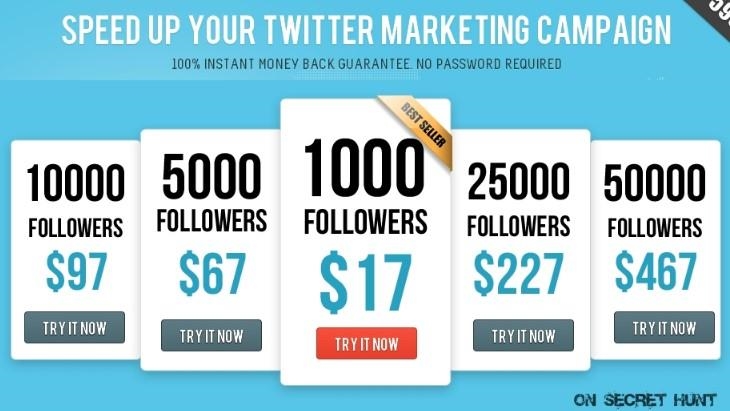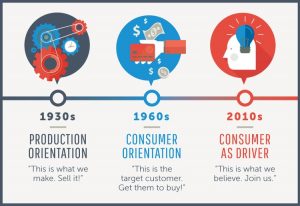— February 22, 2019
“Up, up. Down, down. Left, right. Left, right. B, A. Start.”
Anyone recognize that? It’s the legendary cheat code that most famously appeared in the Nintendo hit video game from the 1980s, Contra. If a player worked their fingers as such across their controller while the game loaded, they were granted 30 lives instead of the standard three, and they suddenly had a true, fighting chance against the game’s alien hordes out to destroy the universe.

But not everyone who cheats does it to save the world. Sometimes, brands, influencers, entertainers, and politicians try to gain an edge over their competition through dubious means, such as inflating various statistics, from sales to savings to CPA. There are tons of ways to juice such data, but the consequences outweigh the benefits. If caught, a cheater can lose credibility, get whacked with financial penalties, or even end up in quite a legal bind. On the other hand, there times where subverting the system in more benign or even fun ways can pay off.
As marketers, it’s important to remember that there are things to consider beyond the measurables. What good are a few more followers or spins if you take a huge hit in the court of public opinion? We owe it to ourselves and our clients to explore when it’s beneficial, when it’s detrimental, and everything in between.
Here are four instances when giving into short-term temptation resulted in long-term harm.

1. Buying Social Followers
The Gist: On Twitter and Facebook, there are millions of fake profiles and bots that exist for padding follower stats. Because this practice is so widespread, people are putting less stock into any single user’s following. When Donald Trump won the 2016 Presidential Election, for example, many credited his presence on Twitter, and his stout following, as part of the reason for his victory. But an analysis released by SparkToro says that 61% of President Trump’s 54.7 million Twitter followers are likely not real people.
Even more disturbing is that many of these erroneous accounts use actual people’s names and likenesses—sometimes hurt the reputations of the real people. The New York Times traced innumerable fake followers back to a shadowy company called Devumi.
The Response: “We continue to fight hard to tackle any malicious automation on our platform as well as false or spam accounts,” said Kristin Binns, a Twitter spokesperson. With the help of cybersecurity companies, that specialize in eradicating bot networks, there is hope.
Consequence: Since the NYT published the linked article, Devumi has apparently evaporated. Their online store has shut down, and their domain redirects to Google.com. At this point, most social media marketers agree that buying followers is not the solid investment that it once may have been, and your time and money are better spent on efforts to honestly attract more followers.

2. Creating Real User Accounts… without Permission
The Gist: Between 2011-2016, more than 5,000 Wells Fargo employees were fired after creating unauthorized bank and credit card accounts without their customers’ knowledge. An analysis shows bank employees opened more than 1.5 million accounts to boost their revenue. In addition to juicing the stats to inflate active accounts numbers, the scam also bilked individual customers for upwards hundreds or even thousands of dollars in fees and interest charges.
The Response: The bank accepted the responsibility, apologized, and refunded all the money. “At Wells Fargo, when we make mistakes, we are open about it, we take responsibility, and we take action,” the bank said in a statement.
Consequence: Not good. Wells Fargo had to refund $ 5 million to affected customers, plus a hefty $ 185 million in fines. Ouch. If you were a marketer collecting new account data during that period, your results would have been highly corrupted. Beware, and always vet your sources!
3. Heading on an Extra-Private Solo Tour
The Gist: Threatin, a US-based metal band, was scheduled to tour the UK in November 2018. The frontman Jered Threatin had a sizable online presence with more than 30,000 Instagram followers, suggesting an active fan base. The venues were told hundreds of tickets were pre-sold for the shows, which turned out to be untrue, as no one showed up for the concerts. “Superlative Music Recordings,” Threatin’s record label, also seems to be non-existent. So, to recap: the followers, the label, the fans—they were all made up.

The Response: According to Jared Threatin, “There was no way that I was going to get enough attention being a rock artist in 2018 unless I did something to get people to pay attention.”
Consequence: The “band” here lost credibility. Threatin’s social media accounts have been locked and made private. Though, there are rumblings that Threatin will rise again.

4. Inflating Streaming Stats
The Gist: TIDAL, a Norwegian-based music streaming service owned by Beyonce’s husband, Jay-Z, was accused of manipulating listening numbers for Beyonce’s “Lemonade” and Kanye West’s “Life of Pablo” albums and paying inflated royalties to their labels. Essentially, all artists split payouts from one big pie. More spins for individual artists mean a bigger slice for them—and a smaller slice for everyone else. Tidal paid Beyonce’s label $ 4 million for April and May 2016 as well as 3.2 million euros to West’s label.
The Response: TIDAL has strongly denied falsifying numbers.
Consequence: Technically, this one is still pending. TIDAL maintains its innocence while the investigation continues, but the negative press attention in the wake of the scandal has undoubtedly hurt the company’s image.
Bottom Line: Better Safe than Labeled a Cheater
So, by-and-large, we see that juicing the measurable stats can have bad, bad consequences for you or your clients. Perhaps followers and spins can be bought, but reputation cannot. Tread lightly when seeking shortcuts; they might just end up costing you more time and money in the long run.
Business & Finance Articles on Business 2 Community
(53)
Report Post






